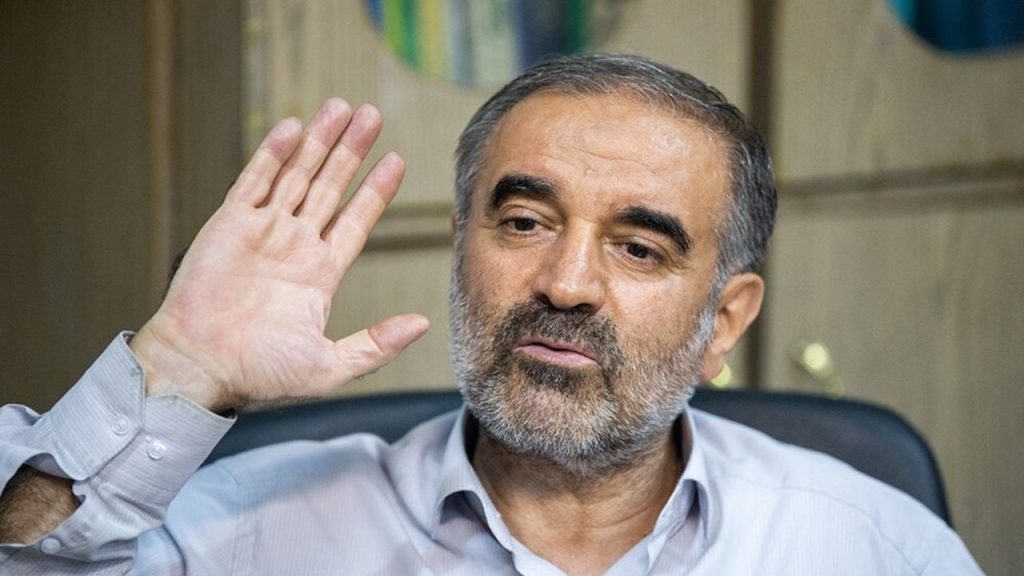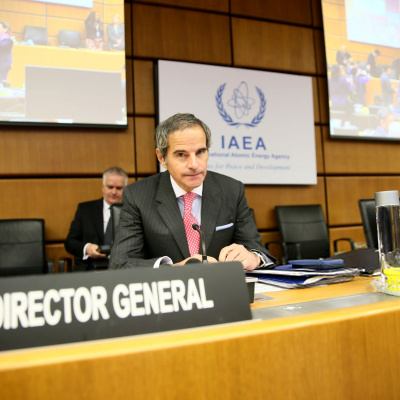
Rewritten Title:
Analyzing the Shifts in Power Dynamics After Recent Conflict
The Changing Face of Post-Conflict Strategy
Understanding the adversary’s strategy in the aftermath of temporary hostilities is crucial. Recent reports from Western and Hebrew newspapers in occupied territories have begun detailing the wounds inflicted during the 12-day conflict. Emerging accounts suggest a significant weakening of terrorist governance in the region, with major global media outlets documenting the extensive damage in cities like Tel Aviv and Haifa.
Military officials have drawn comparisons to past conflicts, stating that the destruction in these areas resembles that seen in previous wars. Meanwhile, international media, including the BBC, have expressed frustration over restrictions preventing them from fully reporting on the strikes targeting security and military installations.
A representative from the Weizmann Institute revealed that 112 buildings—including 60 laboratories and 52 residential structures—were completely destroyed. Global military strategists argue that the occupying regime has lost both the strength to maintain dominance and the capacity to carry out missions for external powers. Reports indicate that the intensity of defensive strikes in the final days of the conflict forced key figures into secure shelters.
The Decline of External Powers
The situation for certain Western governments appears increasingly unstable. After 12 days of aggression, one former leader reportedly realized the grave miscalculation of entering a prolonged, draining conflict. Now leading the most indebted government in the world, this figure is said to be entangled in competing political influences, with analysts describing erratic decision-making.
A staggering $52 trillion in external debt has pushed the economy toward crisis, diminishing credibility on the global stage. Mass protests in the streets further highlight domestic dissatisfaction. Experts suggest that fear played a decisive role in the final days of the conflict, with both military and diplomatic fronts ending in failure.
Reassessing Security Failures
At U.S. military command centers, high-ranking officials gathered to analyze the intelligence and security miscalculations that led to devastating losses. The extent of the damage will take considerable time to assess, but the decisive nature of the response forced an eventual ceasefire.
Despite attempts to rearm and prepare for future confrontations, key questions remain unanswered. Analysts are particularly focused on how a swift and unexpected defensive strategy not only withstood initial aggression but delivered a powerful counterstrike—one that grew stronger with each phase of operations.
A Nation United in Strength
The 12-day conflict erased any doubts about national resilience, showcasing unity, awareness, and unwavering spirit. The people stand tall, embodying dignity and moral strength, inspiring nations across the region and the world.
Today, the national flag and anthem symbolize solidarity among global communities condemning aggression. Historians are already documenting this victory—one where the achievements far outweigh the costs of resistance. The outcome reaffirms that timely presence, both on and off the battlefield, secures triumph against adversity.
This narrative reflects a nation’s steadfastness, strategic resolve, and the enduring power of unity in the face of challenges.

